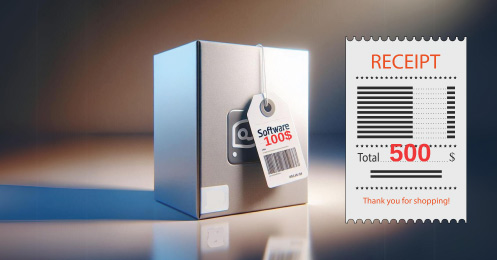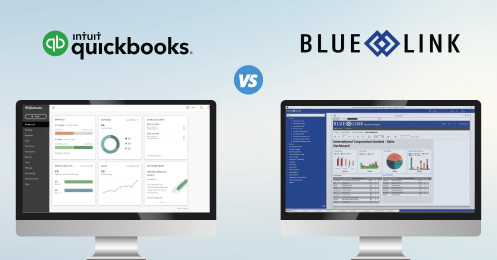Globalization has been aided largely by advances in information technology and trends such as eCommerce, electronic banking, video conferencing, email and access to information over the internet. For distribution businesses, globalization provides the opportunity to easily buy and sell products across multiples sales channels around the world – both B2B and B2C. However, there are specific considerations to keep in mind for distribution businesses that import and export product which complicate the supply chain. Language barriers, time differences, exchange rates, cultural norms and government policies all impact the process of moving product around the world. Regulations across different industries - such as those put in place by the FDA with regards to pharmaceutical distribution - also impact doing business with different countries. These types of nuances can frequently be found in domestic supply chains as well, but tend to be magnified for businesses that import and export product. Proper import export management software helps navigate some of the specific requirements associated with businesses that operate globally and addresses complexities in the supply chain for better business management.
Multiple Suppliers
It is common for distribution businesses to import the same product from multiple suppliers. This is due to a variety of reasons, including differences in product quality, costs and lead times. Customers also frequently request product from a specific vendor or country of origin, depending on the industry. In this situation, proper import export management software enables a business to set default/preferred vendors for each inventory item, with the option to override these settings each time an order is placed. This reduces the amount of time spent selecting a vendor each time a customer places an order.
In-Transit Inventory
For businesses that import product, certain items have long lead times, especially when dealing with container loads shipping via water from overseas. In this situation, the ability to associate lead times with re-order levels is beneficial to ensure a business orders inventory early enough so as to not stock-out before product arrives into the warehouse. Another important software feature is the ability to track inventory “in-transit” or “on the water”. This functionality allows a user to see inventory as it’s on its way to the warehouse in order to get insight into what product will be available and when.
Multi-Currency and Multi-Language
Multi-currency and multi-language functionality is another important feature of import and export software. With multi-currency functionality users can set exchange rates within the system in order to track expected costs and set margins according to actual data. When it comes to multi-language requirements, certain businesses that import and export product have partners in other countries who require access to the software and therefore need the system to handle multiple languages. Even if this is not the case, it is still beneficial to be able to send information and documents to customers and vendors in another language such as invoices and packing slips.
Other Considerations
The above pieces of functionality are just some examples of features specific to businesses in the import and export industry, however, other features such as landed cost tracking and automated customs documents are just as important. Landed cost tracking allows a business to track the true cost of inventory by accounting for costs associated with receiving inventory into its warehouse and shipping product to its customers. This helps a business set margins and track expenses. Functionality for automatically generating and sending customs documents helps easily track information required for moving product across international borders.










